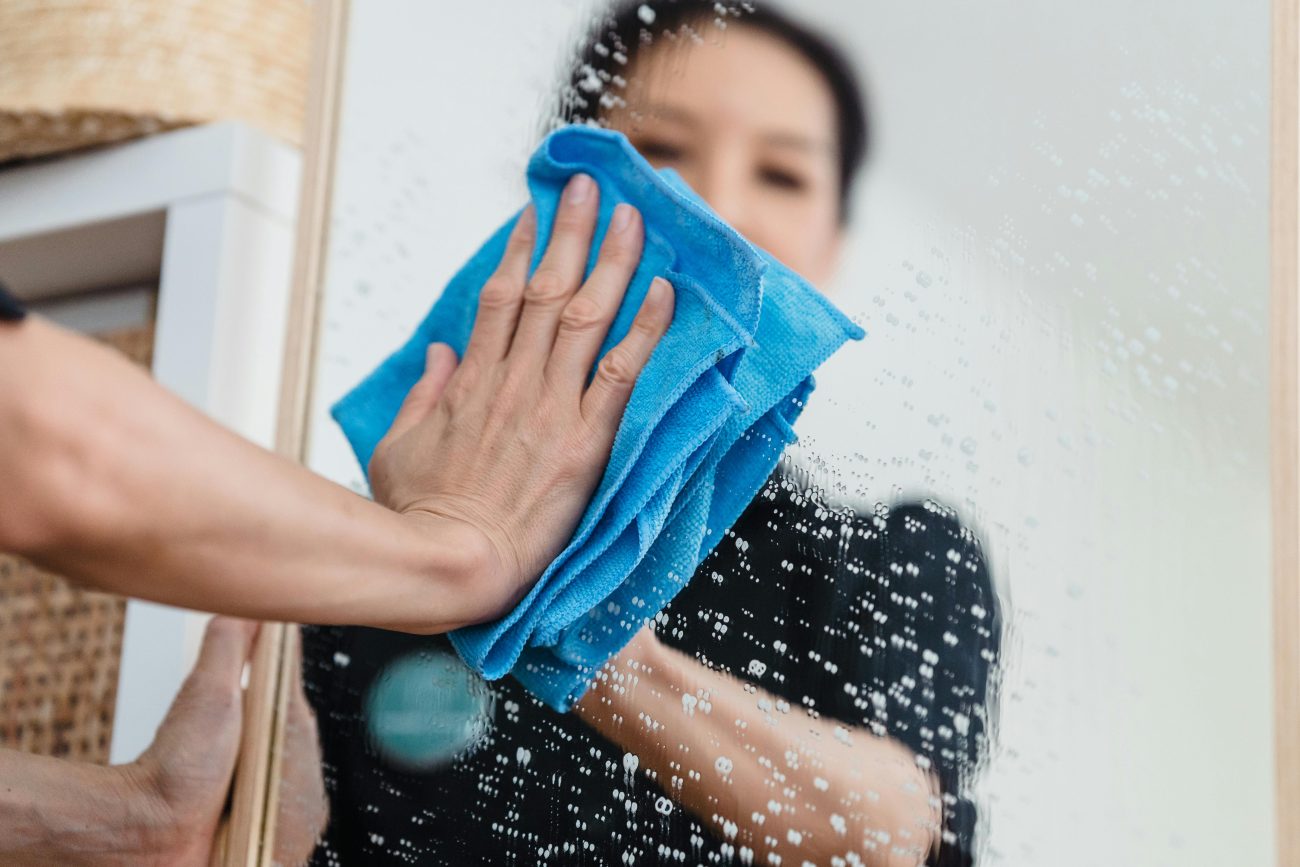Introduction
Sticker residue is one of those frustrating leftovers that sticks around long after the sticker is gone. Whether you’re dealing with price tags on glassware, labels on plastic containers, or bumper stickers on your car, the leftover adhesive can be stubborn and unsightly. In this complete guide, you’ll learn how to remove sticker residue from any surface—quickly, safely, and using tools you likely already have at home.
What Is Sticker Residue and Why Is It Hard to Remove?
Sticker residue is the leftover adhesive material from labels, tape, or stickers. It’s often made from pressure-sensitive adhesives designed to bond firmly to surfaces, which makes removal tricky. The sticky gunk tends to attract dirt, degrade over time, and become more challenging to clean the longer it’s left untouched.
Types of Surfaces and How They React
Different surfaces require different cleaning techniques. Some can handle strong solvents, while others can be damaged by harsh chemicals.
1. Glass
- Very tolerant to most cleaning agents.
- Heat and alcohol work well.
2. Plastic
- Can react badly to acetone or harsh solvents.
- Best to use oils, vinegar, or warm water.
3. Painted Walls
- Delicate; avoid scraping and strong chemicals.
- Try warm soapy water or vinegar.
4. Wood
- Especially unfinished wood absorbs liquid fast.
- Use oils like olive oil and rub gently.
5. Metal
- Heat and chemical-resistant.
- Acetone, alcohol, or WD-40 work well.
Essential Tools & Ingredients You’ll Need
Most of these you probably already have at home:
- Rubbing alcohol
- White vinegar
- Olive or cooking oil
- WD-40
- Baking soda
- Dish soap
- Nail polish remover (acetone)
- Hair dryer
- Soft cloth or microfiber towel
- Plastic scraper or old credit card
- Sponge
12 Proven Methods to Remove Sticker Residue
Here are twelve of the most effective and safe methods, including pros and cons for each.
1. Rubbing Alcohol
- Apply with a cloth.
- Rub in circular motion.
- Effective on metal, glass, and plastic.
- Pros: Fast-drying, no damage.
- Cons: Might not work on old glue.
2. White Vinegar
- Soak a cloth, let it sit for 5–10 mins.
- Rub off gently.
- Great for painted walls and plastic.
- Pros: Non-toxic, safe for kids.
- Cons: Slower effect.
3. Cooking Oil (e.g., Olive Oil)
- Apply directly, let sit for 10 mins.
- Wipe clean.
- Ideal for wood and plastic.
- Pros: Gentle, no fumes.
- Cons: Leaves an oily finish (clean with soapy water).
4. WD-40
- Spray directly, wait a few minutes.
- Wipe off with a cloth.
- Excellent for metal and glass.
- Pros: Fast and effective.
- Cons: Strong smell.
5. Baking Soda Paste
- Mix baking soda + small amount of water.
- Rub on residue, then wipe.
- Pros: Gentle abrasive.
- Cons: May not work on tough glue.
6. Peanut Butter
- Apply a thick layer.
- Let it sit, then wipe off.
- Pros: Natural oil works like adhesive remover.
- Cons: Messy.
7. Toothpaste
- Non-gel white toothpaste works best.
- Rub with an old toothbrush.
- Pros: Mild abrasive.
- Cons: Needs rinsing.
8. Magic Eraser
- Wet slightly and rub.
- Pros: Easy and no extra ingredients needed.
- Cons: May dull shiny surfaces.
9. Nail Polish Remover (Acetone)
- Use with caution.
- Best for metal and glass.
- Pros: Strong solvent.
- Cons: Avoid on plastic or painted surfaces.
10. Hair Dryer or Heat Gun
- Heat the area to soften glue.
- Wipe or scrape with a credit card.
- Pros: Chemical-free.
- Cons: Not ideal for sensitive surfaces.
11. Commercial Adhesive Removers (e.g., Goo Gone)
- Follow product instructions.
- Pros: Very effective.
- Cons: Can be expensive or oily.
12. Hot Soapy Water
- Soak the area or apply with cloth.
- Great for light glue or paper stickers.
- Pros: Safe for most surfaces.
- Cons: Less effective on tough residues.
Cleaning Up After Removal
Once the residue is gone:
- Wipe the surface with a damp cloth.
- Use mild soap to remove any oily or chemical leftover.
- Dry completely to prevent damage or warping.
How to Prevent Sticker Residue in the Future
- Use removable stickers or masking tape for labels.
- Heat sticker before removal.
- Peel slowly at an angle.
- Clean surface before applying stickers.
FAQ: Removing Sticker Residue
Q: Will alcohol damage plastic?
A: Rubbing alcohol is usually safe but avoid overuse—it can cloud soft plastic.
Q: Can I use bleach to remove residue?
A: No. Bleach is not effective and can damage many surfaces.
Q: What if residue has dried for years?
A: Use heat (hair dryer) + oil or Goo Gone for old sticky areas.
Conclusion
Removing sticker residue doesn’t have to be a nightmare. With the right tools and methods, you can tackle any sticky mess safely and efficiently. Whether it’s on wood, metal, plastic, or glass, there’s always a way to restore your surfaces.
